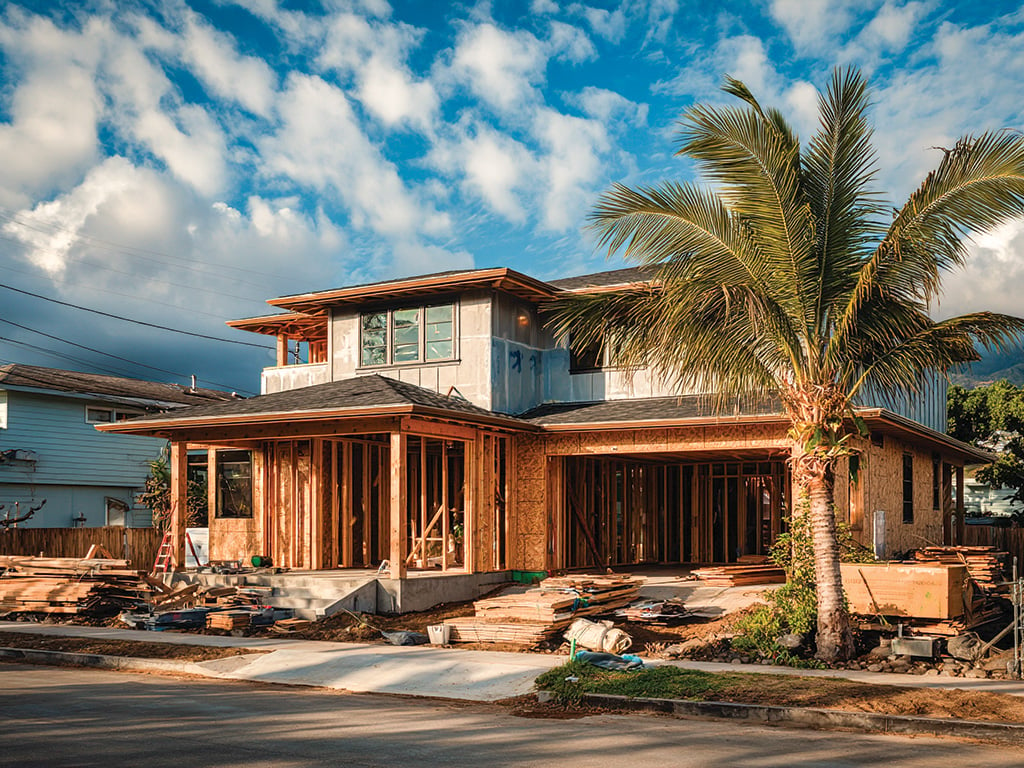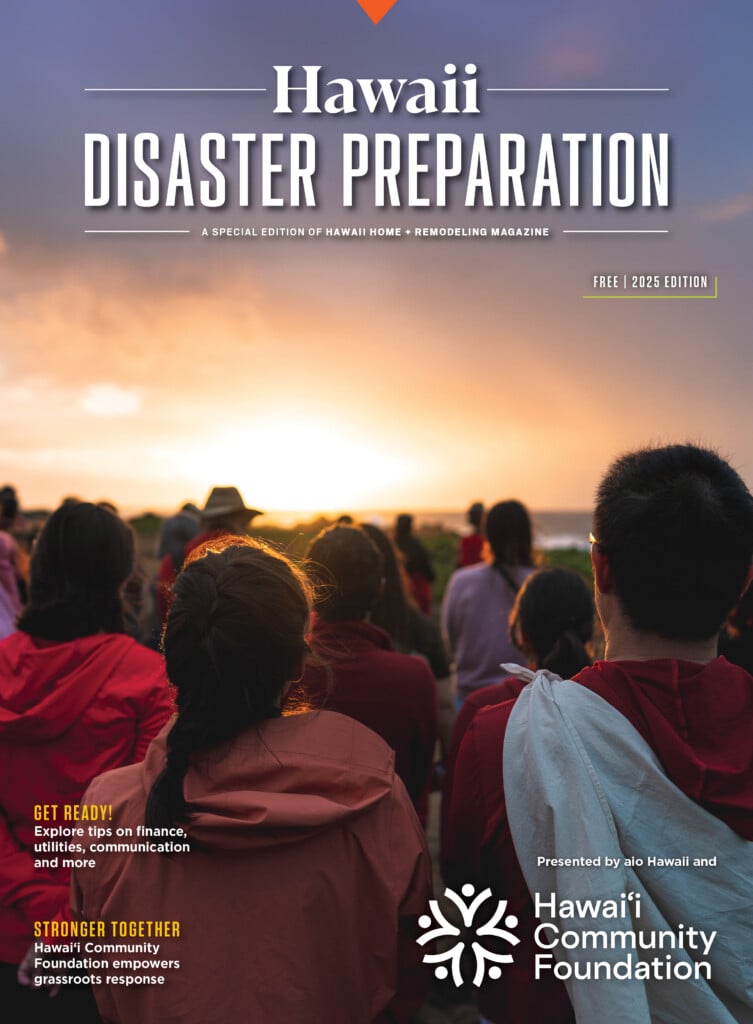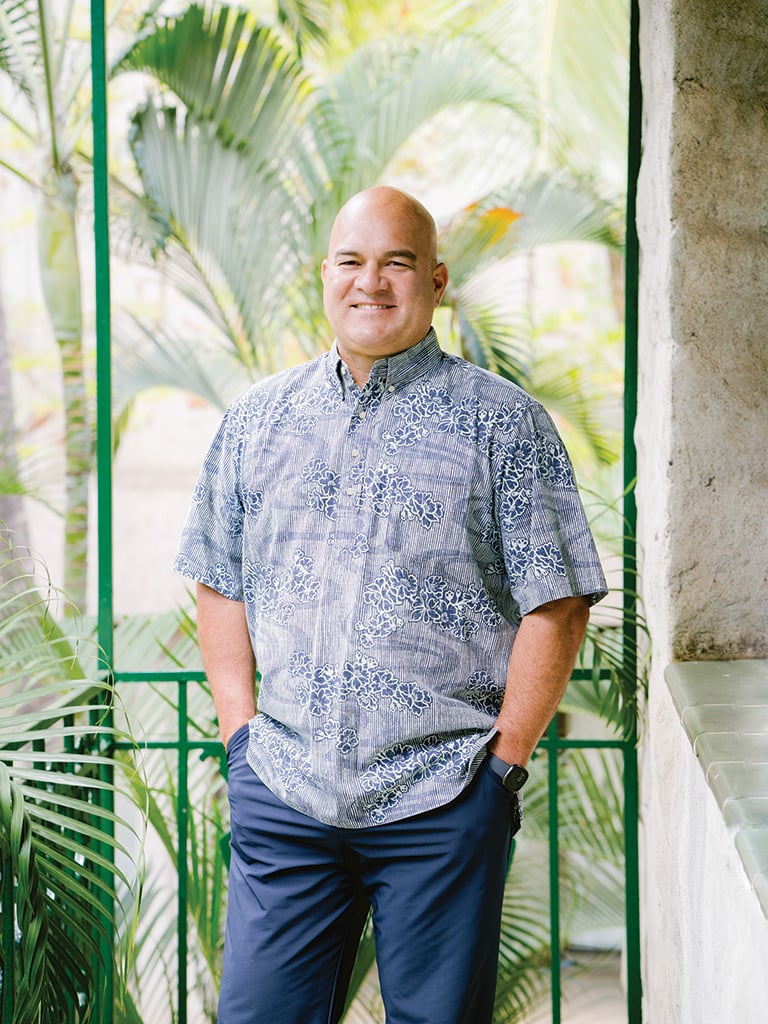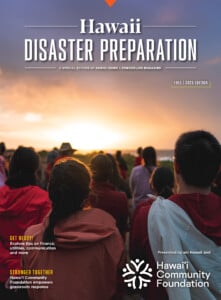Built to Last
From roofing to retrofits, key upgrades can help homes endure Hawaii’s toughest threats.

Enjoying sunny days on your lanai and trade winds in your living room are some of the benefits of living in paradise. While Hawaii homes are often designed to take advantage of the Islands’ beautiful weather and scenery, local architects and contractors must also plan for nature’s extremes. Honolulu Department of Emergency Management director Dr. Randal A. Collins says readiness starts with disaster-resilient homes, which in turn support disaster-resilient communities.
“A strong home protects your ohana, and strong neighborhoods recover faster when each family is prepared,” says Collins. “With smart planning and safe homes, we can face anything.”
Disaster-resistant features should be part of any new build or remodel, going beyond aesthetics to address structural integrity and long-term safety. With local building codes under review following recent disasters — including the 2023 Lahaina wildfires — Collins urges residents to assess their home’s vulnerabilities and invest in durable materials or critical retrofits.
“If you’re building or remodeling your home, now is the time to think about safety,” he says.
Collins recommends tailoring upgrades to the Islands’ most common hazards. For hurricanes, that means installing impact-rated windows and hurricane reinforcements. In wildfire-prone areas, fire-resistant roofing and a defensible space of at least 30 feet free of flammable vegetation are key. Earthquake preparation includes bolting the home’s foundation and anchoring water heaters and outdoor furniture to prevent tipping.
The Federal Emergency Management Agency offers complementary guidance. In a 2024 press release, the agency outlined five key strategies for making homes more disaster-resilient:
- Reinforce your roof with metal straps or clips.
- Strengthen doors and garage openings to withstand pressure.
- Guard glass with shutters, film or impact-rated windows.
- Trim overhanging branches and secure outdoor items.
- Review your insurance coverage to confirm protection against hurricanes, floods and other risks.
The National Association of Home Builders supports these practical measures, noting they can reduce both physical damage and emotional stress after a disaster. And according to the National Institute of Building Sciences, every dollar spent on disaster mitigation can save up to $6 in future recovery costs.
Investing in disaster-ready features is a smart decision — work with local professionals to find the right solutions for your home and ohana.






